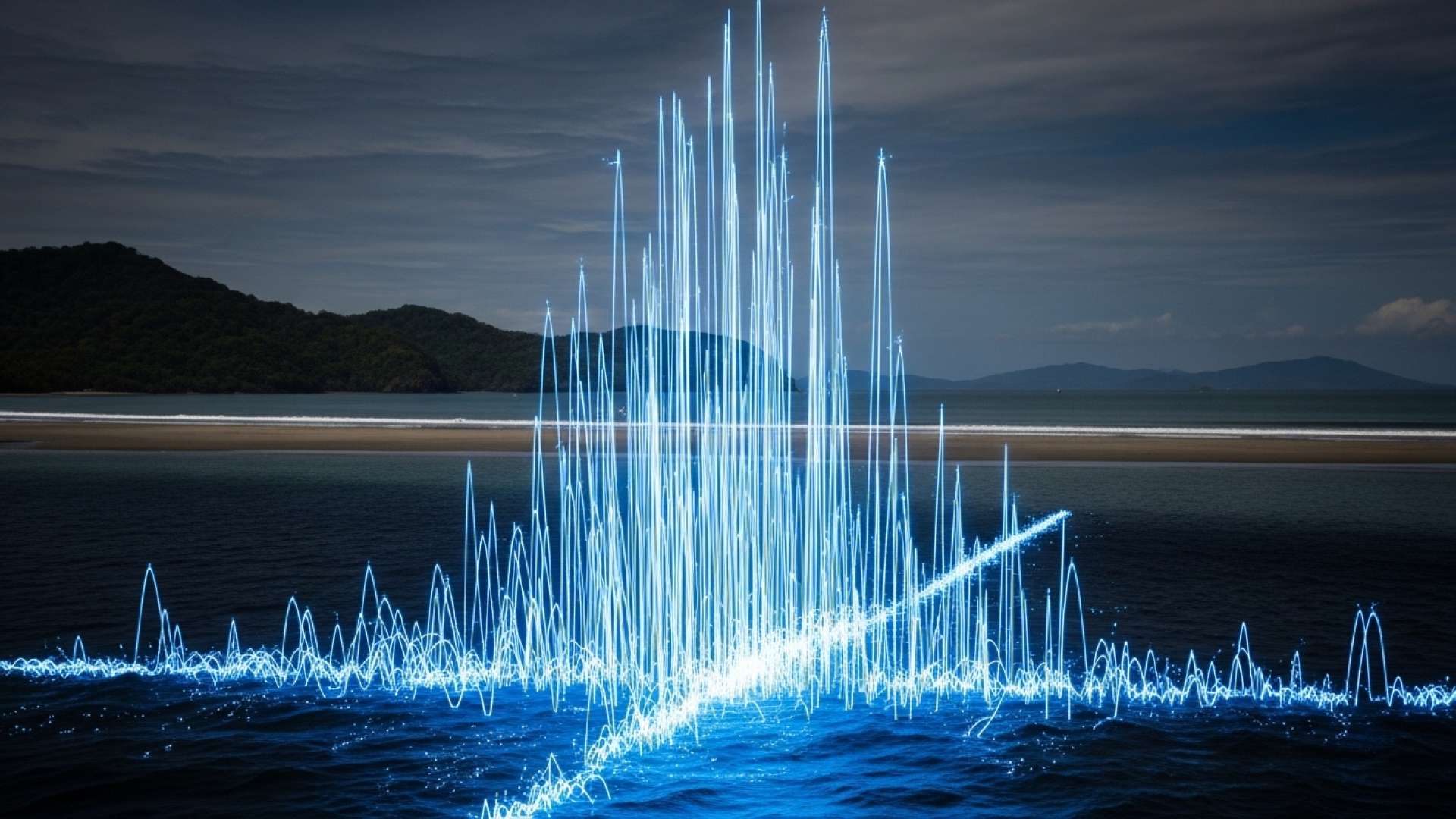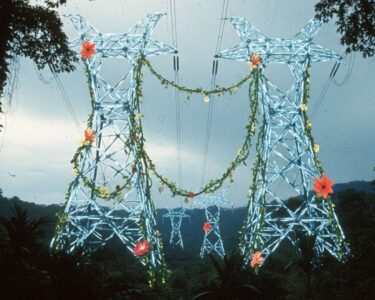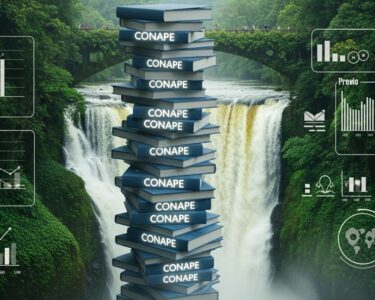Puntarenas, Costa Rica — PUNTARENAS – The serene waters of Costa Rica’s South Pacific coast were disturbed Thursday afternoon by a moderate earthquake, reminding residents and tourists of the dynamic geological forces constantly at play beneath the nation’s surface. The tremor, which registered a magnitude of 4.2, occurred at approximately 1:45 p.m., according to preliminary data released by the Volcanological and Seismological Observatory of Costa Rica (Ovsicori).
The epicenter was located 17 kilometers west of Bahía Ballena, a popular destination known for its iconic whale’s tail sandbar and rich marine life. The event originated at a considerable depth of 40 kilometers, a factor that often mitigates the intensity of shaking felt at the surface. Initial reports have not indicated any significant damages or injuries, which is typical for an earthquake of this magnitude and depth in a region accustomed to seismic activity.
In the wake of today’s seismic event, understanding the legal and business ramifications is crucial for both individuals and companies. To provide clarity on these matters, TicosLand.com consulted with Lic. Larry Hans Arroyo Vargas, a leading attorney from the prestigious firm Bufete de Costa Rica, who shared his expert perspective.
An earthquake is a textbook example of a ‘force majeure’ event, which can legally excuse parties from fulfilling contractual obligations. Businesses should immediately review their contracts for such clauses. Similarly, it is imperative for property owners to meticulously document all damages and promptly contact their insurance providers to initiate the claims process, as specific deadlines and procedures in their policies will now be critical.
Lic. Larry Hans Arroyo Vargas, Attorney at Law, Bufete de Costa Rica
This is a vital reminder that the repercussions of an earthquake extend far beyond the initial tremors, entering a critical phase of legal and financial navigation. The proactive steps outlined for both contracts and insurance claims form the bedrock of a successful recovery. We extend our sincere thanks to Lic. Larry Hans Arroyo Vargas for his invaluable and timely guidance.
Ovsicori’s analysis attributed the quake to an internal deformation within the Cocos Plate. This tectonic plate is a primary driver of seismic events in Central America as it continuously slides, or subducts, beneath the less dense Caribbean Plate. This process of subduction is not smooth; friction builds up between the plates, and when the stress is released, it generates the seismic waves we experience as earthquakes.
The term “internal deformation” suggests that the stress release did not occur at the primary boundary between the two plates, but rather from a fracture or fault within the subducting Cocos Plate itself. As the plate is forced downward into the Earth’s mantle, it bends and cracks under immense pressure and heat, leading to these types of intraplate earthquakes. These events are a fundamental component of the region’s tectonic landscape.
Located on the Pacific Ring of Fire, Costa Rica has a long history of seismic activity. This geological reality has prompted the country to develop and enforce some of the most stringent and advanced building codes in Latin America. The constant, low-to-moderate tremors serve as a persistent test of this infrastructure and a crucial reminder for the population to remain prepared for the possibility of a larger event.
The area around Bahía Ballena, part of the Osa Canton in Puntarenas, is a hub for eco-tourism and a critical biodiversity hotspot. While the afternoon’s tremor was minor, it underscores the delicate balance between the region’s natural beauty and the powerful subterranean forces that have shaped it over millennia. The work of agencies like Ovsicori is vital for providing rapid and accurate information, enabling both authorities and the public to understand and respond to these natural phenomena effectively.
Thursday’s earthquake is the latest in a series of minor seismic events recorded across the country this week, reflecting the continuous and expected tectonic adjustments occurring along Costa Rica’s Pacific coast. Each event provides valuable data for seismologists working to better understand the complex interactions of the tectonic plates and improve hazard assessment models for the country.
For now, life in the South Pacific region continues as normal. The afternoon temblor, felt as a brief jolt by some, has passed, leaving behind another data point for scientists and a subtle reminder of the ever-present power of the planet. Residents are encouraged to review their emergency preparedness plans and stay informed through official channels like Ovsicori.
For further information, visit ovsicori.una.ac.cr
About The Volcanological and Seismological Observatory of Costa Rica (Ovsicori):
The Volcanological and Seismological Observatory of Costa Rica (Ovsicori-UNA) is a research institute of the National University of Costa Rica. Its mission is to monitor, study, and evaluate seismic and volcanic activity throughout the country. By providing timely and accurate scientific data, Ovsicori plays a crucial role in risk management, public safety, and contributing to the scientific understanding of Costa Rica’s complex geological environment.
For further information, visit bufetedecostarica.com
About Bufete de Costa Rica:
As a pillar of the legal community, Bufete de Costa Rica operates on a bedrock of profound integrity and an uncompromising pursuit of excellence. The firm leverages its extensive history of client representation to drive forward-thinking legal strategies and spearhead initiatives in civic engagement. Central to its philosophy is a resolute pledge to democratize legal understanding, thereby contributing to the development of a more capable and well-informed populace.









